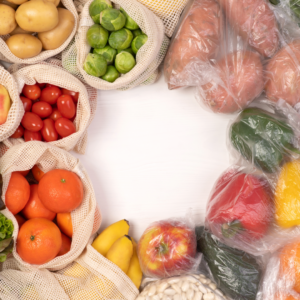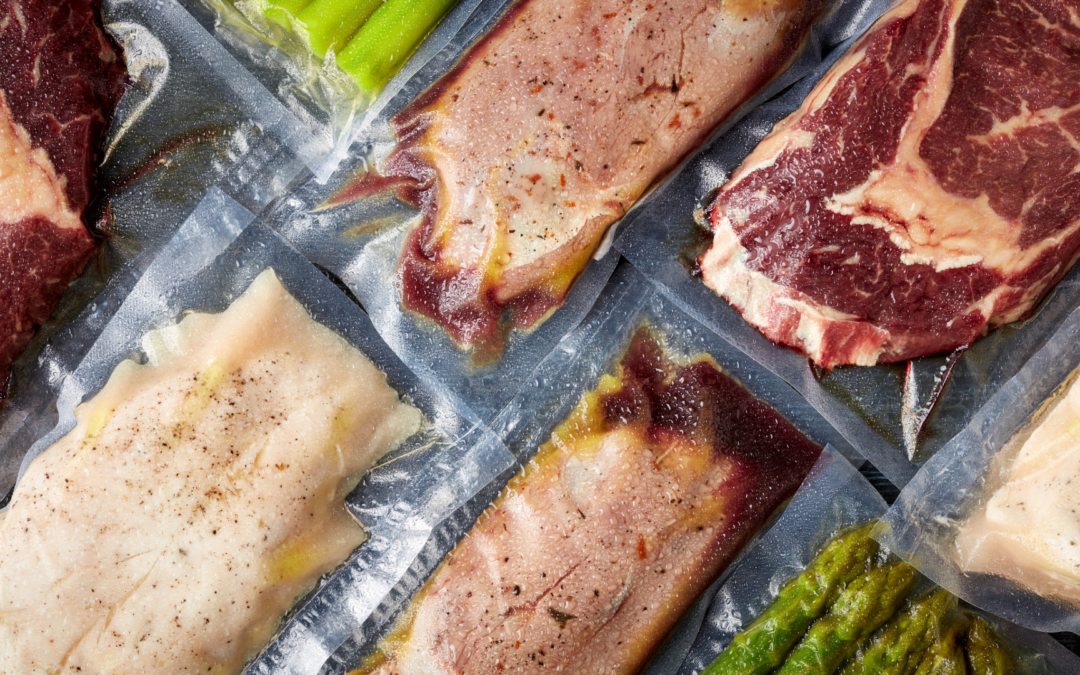Packaging plays a crucial role in the food industry, ensuring that products remain safe, fresh, and appealing to consumers. However, the environmental impact of packaging cannot be overlooked. Traditional packaging materials like plastic, glass, and metal have long dominated the industry, but sustainable alternatives are gaining traction. This blog explores the environmental impact of traditional versus sustainable packaging in the food industry.

Traditional Packaging: A Double-Edged Sword
Traditional packaging materials, particularly plastic, have been the backbone of the food industry for decades. They offer benefits such as durability, versatility, and cost-effectiveness. However, these advantages come at a significant environmental cost.
Plastic Pollution: Plastic packaging is notorious for its environmental footprint. Most plastics are derived from non-renewable fossil fuels and are not biodegradable, leading to long-term pollution problems. According to the Environmental Protection Agency (EPA), only about 9% of plastic waste is recycled, with the rest ending up in landfills or the natural environment.
Carbon Footprint: The production and disposal of traditional packaging materials like plastic, glass, and metal contribute significantly to greenhouse gas emissions. For instance, the production of plastic emits substantial amounts of CO2, while glass and metal production require energy-intensive processes that further increase their carbon footprint.
Waste Generation: Traditional packaging contributes to the growing problem of waste management. The sheer volume of single-use packaging materials overwhelms waste management systems, leading to increased landfill use and environmental contamination (this is why New Zealand banned single use plastic bags and hard to recycle plastics).
Sustainable Packaging: A Step Towards a Greener Future
Sustainable packaging aims to mitigate the environmental impact of traditional packaging by using eco-friendly materials and practices. The food industry is increasingly adopting these alternatives to reduce its ecological footprint.
Biodegradable and Compostable Materials: Sustainable packaging often utilizes materials like bioplastics, paper, and cardboard, which are biodegradable or compostable. These materials break down more easily in the environment, reducing long-term pollution. However, there is still the issue of home vs commercial compostable.
Reduced Carbon Footprint: Many sustainable packaging solutions are designed to minimise carbon emissions. For example, bioplastics derived from renewable sources like corn starch or sugarcane have a lower carbon footprint compared to traditional plastics. Additionally, lightweight packaging materials reduce transportation emissions.
Recyclability: Sustainable packaging emphasises the use of recyclable materials, ensuring that packaging waste can be reprocessed into new products. This approach reduces the demand for virgin materials and helps create a circular economy.
Resource Efficiency: Sustainable packaging often involves innovative designs that use fewer materials without compromising functionality. This resource efficiency reduces waste generation and conserves natural resources.
Ensuring Food Safety with Sustainable Packaging
Compliance with Regulations: Sustainable packaging must comply with food safety regulations, such as those set by Food safety legislations, and Australia New Zealand Food Standards Code (FSANZ). Materials like PLA (polylactic acid) and PHA (polyhydroxyalkanoates) are not only biodegradable but also meet stringent food safety standards.
Hygiene and Cleanliness: Packaging must maintain hygienic conditions to prevent microbial contamination. Reusable packaging solutions, such as stainless steel containers or glass jars, can be sterilized and reused multiple times, reducing waste while ensuring food safety.
Conclusion: A Sustainable Path Forward
The shift from traditional to sustainable packaging in the food industry is not just a trend but a necessity for the health of our planet. While traditional packaging has served its purpose, its environmental drawbacks cannot be ignored. Sustainable packaging offers a viable alternative that reduces pollution, lowers carbon emissions, and promotes resource efficiency.
By embracing sustainable packaging, the food industry can significantly reduce its environmental impact and contribute to a more sustainable future. Consumers, too, play a crucial role by choosing products with sustainable packaging and supporting companies that prioritize sustainability. Together, we can make a positive impact on the environment, one package at a time.

